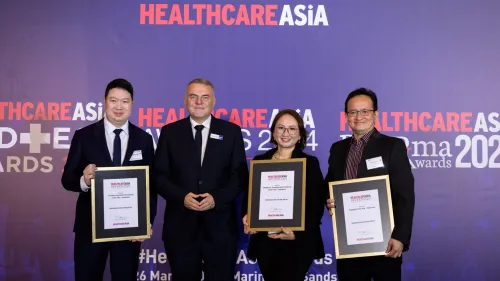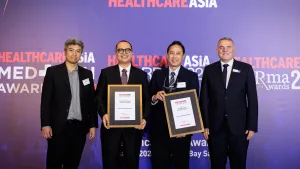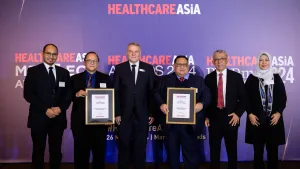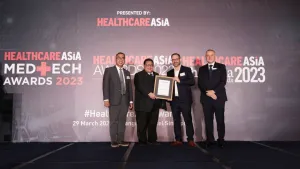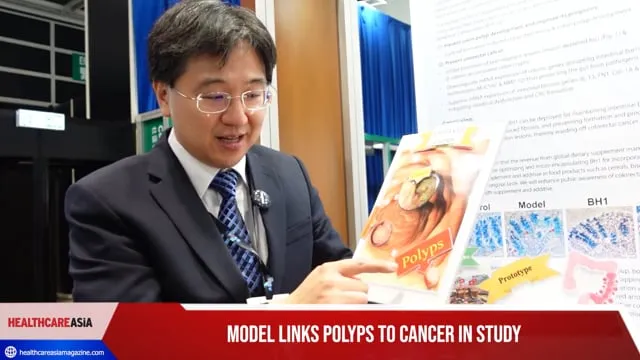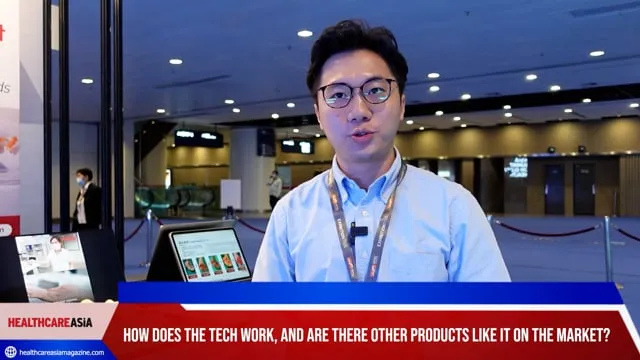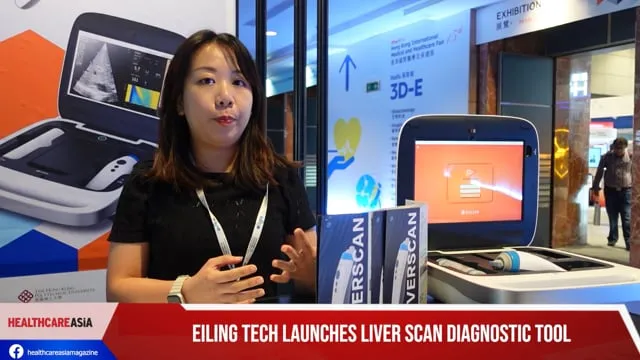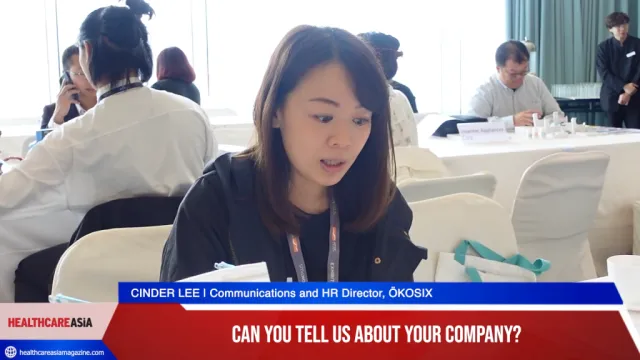
Here’s how hospitals and healthcare institutions can add more value to patient care
Dr. Leo Cubillan, director of Philippine Eye Research Institute, NIH, UP Manila, says it’s especially important in the Philippine setting.
With years of experience working for a government institution under his belt, Dr Leo Cubillan joined the Philippine General Hospital as chairman of the Department of Pay Patient Services on January this year. He is also currently an attending physician at the hospital, and the director of the Philippine Eye Research Institute of the National Institutes of Health (NIH) at University of the Philippines-Manila, where he received his degrees for BS Biology and Doctor of Medicine.
Also previously working as assistant to the chancellor at his alma mater, Leo also holds a Masters in Public Health major in Epidemiology degree from the University of California, while also co-authoring or contributing to several books in his field.
Leo is part of the panel that will talk about the topic The Cost Conundrum in Asian Healthcare at the Manila leg of the upcoming inaugural Healthcare Asia Forum 2016. Here’s more about Leo:
HCA: What are your previous experiences and positions held that contributed to who you are today as a healthcare practitioner?
I am both a clinician and an administrator. I am also an ophthalmologist with specialization in cornea and uveitis. I have a masters degree in public health. I have held several administrative positions, both in government and private hospitals, all involving health sciences, research and healthcare.
Having worked at a government institution for a long time made me skilled on how to work on its institutions’ management processes and familiarized me with the operations towards achieving its goal for affordable universal healthcare. It also gave me the challenges and opportunities to help the PGH evolve as a role model for best health care delivery it aspires to be.
HCA: What are your key healthcare philosophies and ideologies?
What I value and focus the most is total patient experience, care and healing. We, at the UP Manila and PGH are creating a system where we train doctors who are the best in their field. Those who not only give what is the best care for a patient, but also looking for the best cost-effective health care solution for the whole country. A solution that will also and mostly benefit the more financially-challenged patients.
As the biggest government hospital, and being the national research university, we combine the best service, training and research to produce the leading doctors who are competitive to their chosen medical subspecialties. We aim to not just create a ‘trend’ but a model for the other universities and hospitals. A model that creates cost-effective measures for the whole country and integrates it to the current system, ultimately refining the system to be responsive to the country’s needs. Support of the key players in the administrative side is also important to ensure the smooth flow of excellent services by allocating part of the revenue from the private and HMO/government-insured patients to support the charity patients, thereby increasing the quality of healthcare not just to those who can afford.
HCA: Can you give us a glimpse of what you will talk about at the 2016 Healthcare Asia Forum?
Briefly, I will talk about the challenges and opportunities in adding more value to patient care and reducing cost in government healthcare institutions and how to be responsive to the government programs of universal healthcare. This is especially important in a government-subsidized hospital setting where income from patients under private HMO, Government Insurance (Philhealth) and self-paying patients supplements the needs to support charity patients in the ever-increasing cost of healthcare and towards the goal for a universal healthcare.
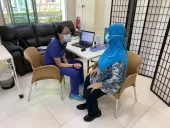

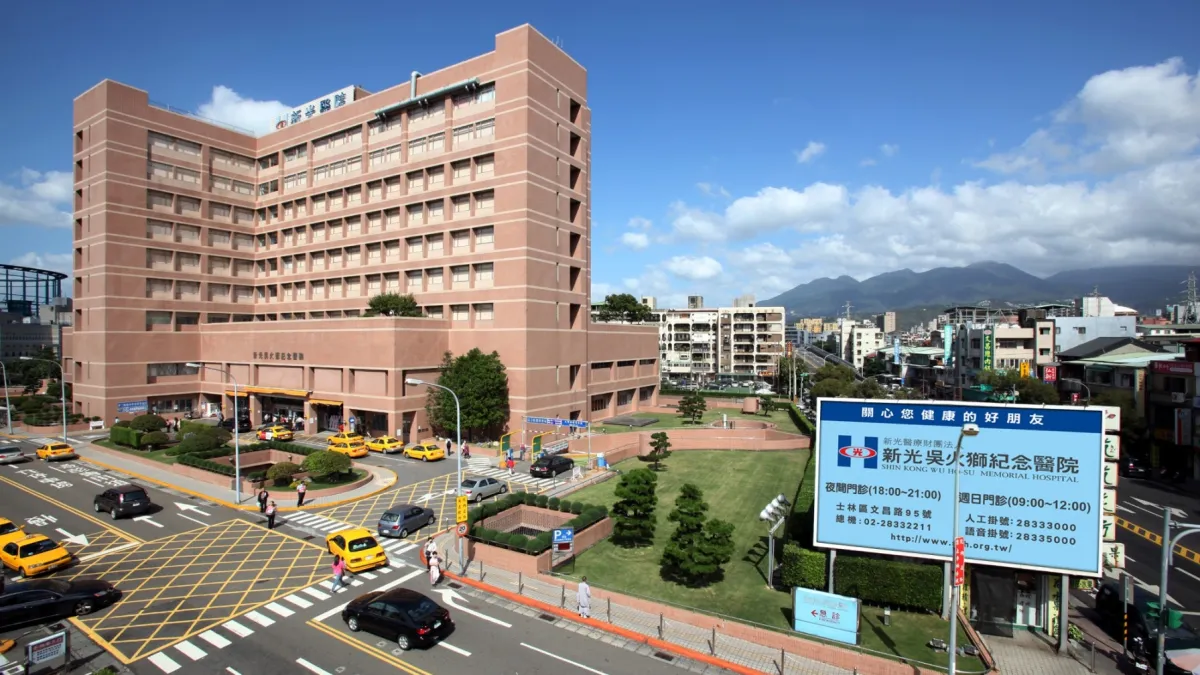

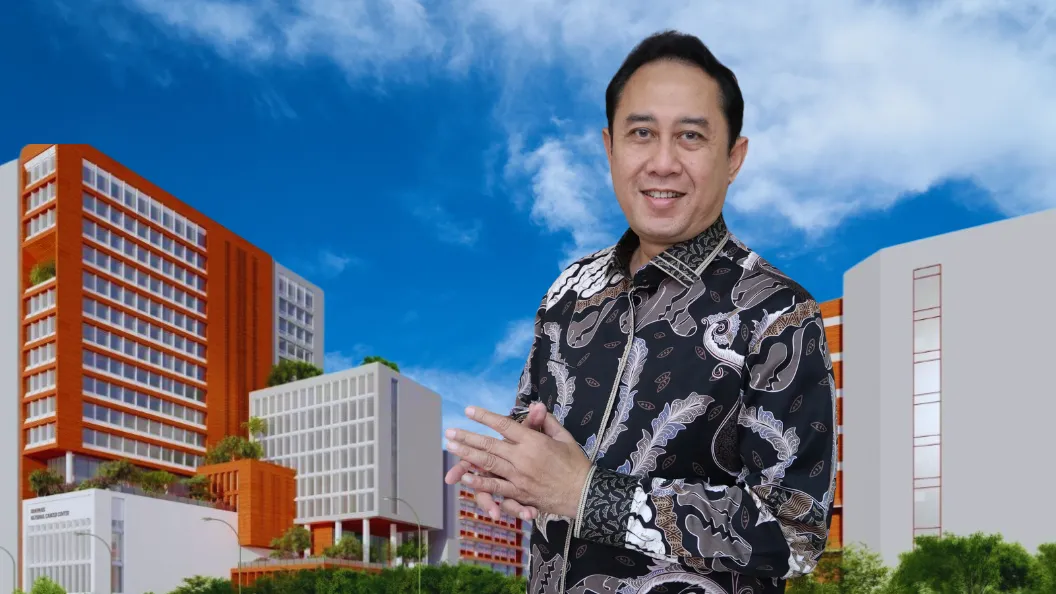
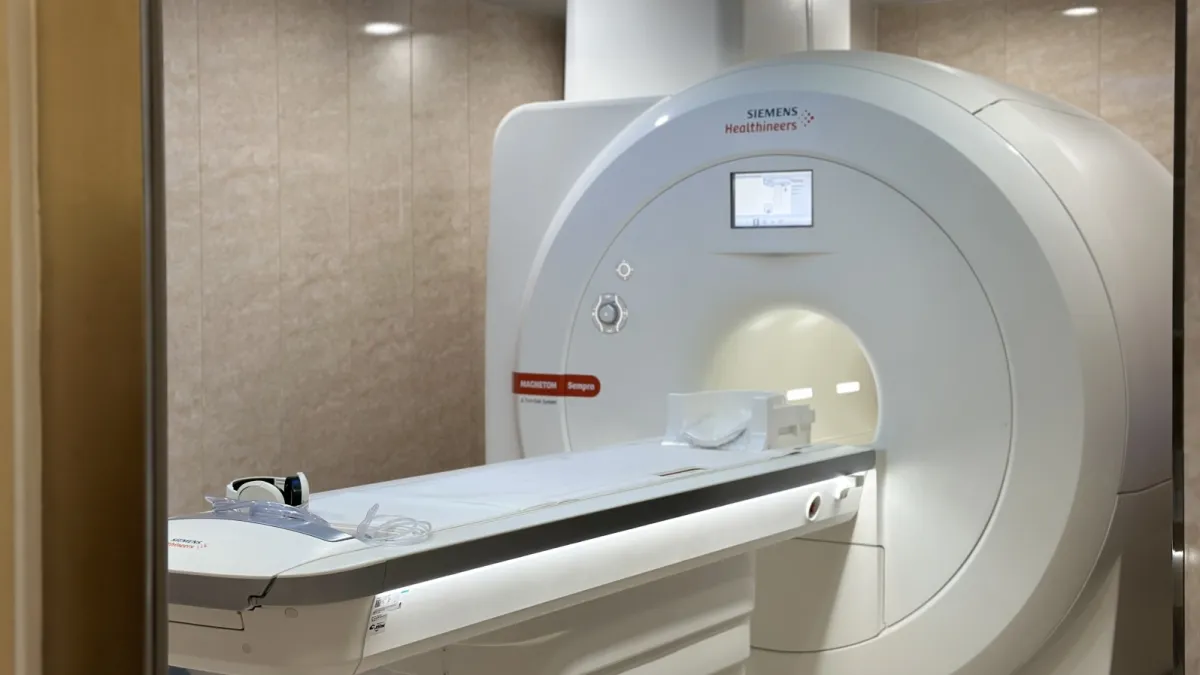



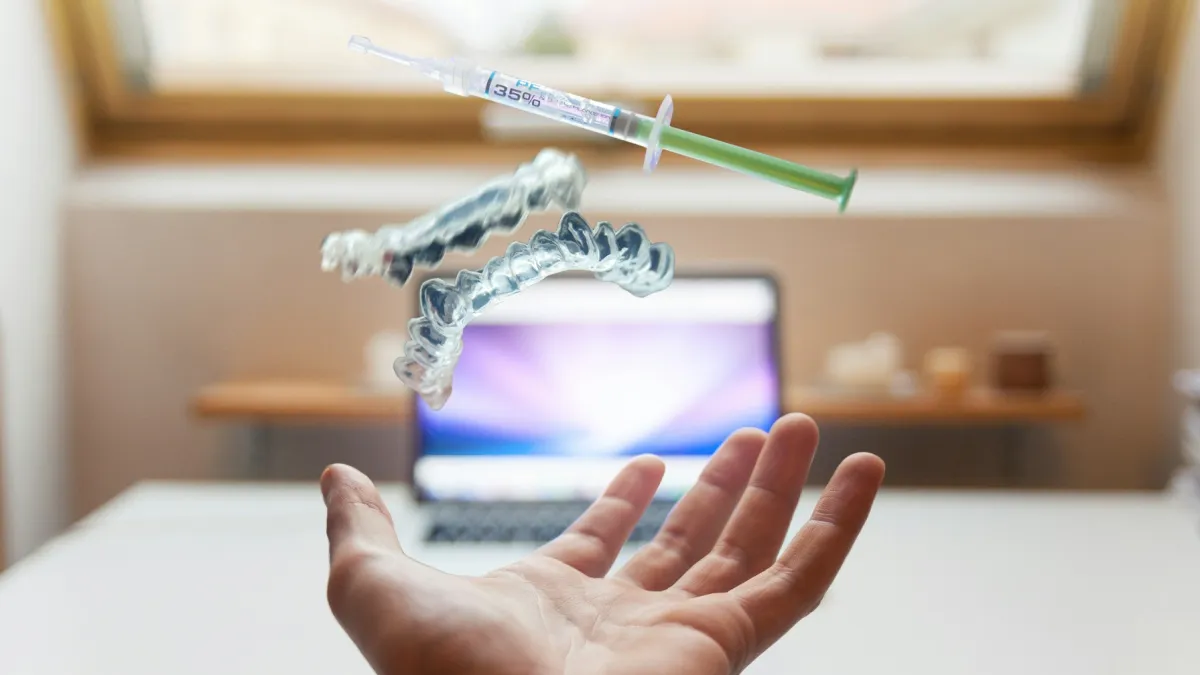
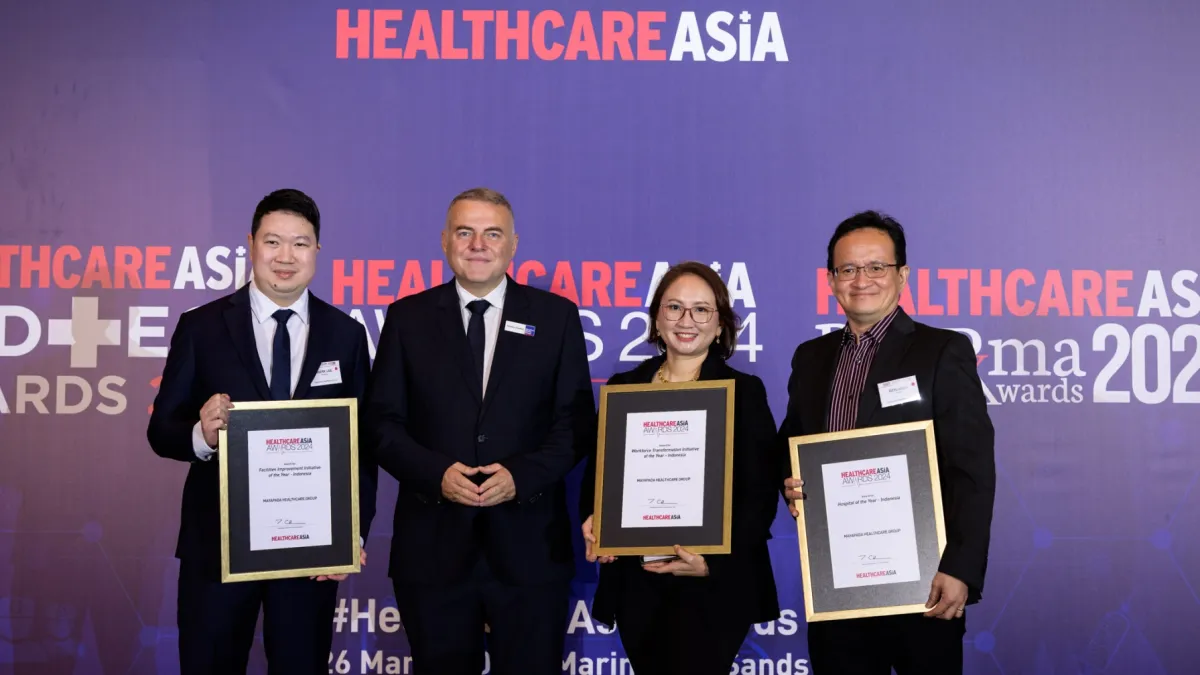
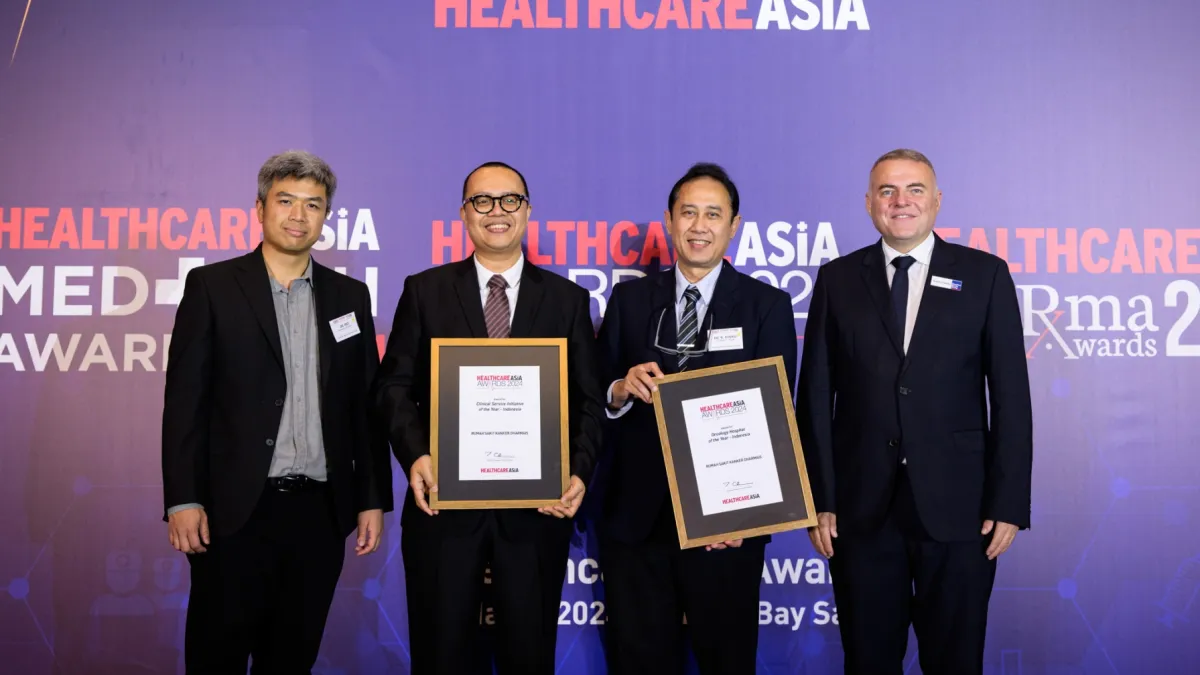
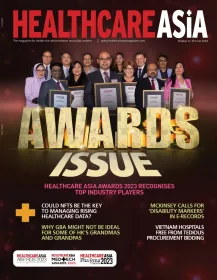
 Advertise
Advertise
